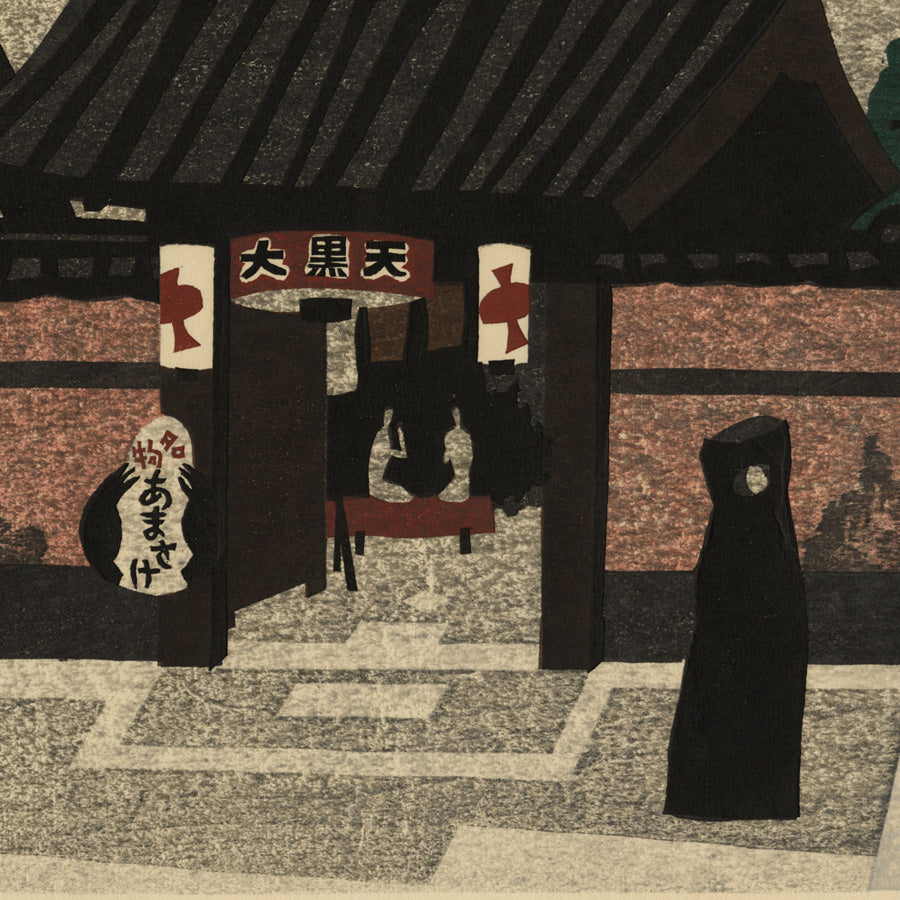
$475
Figure Standing by the Temple Gate
SAITO, Kiyoshi
Woodblock print, color woodcut, printed on Japan wove paper, circa 1950-60. Bearing the artist’s red seal and stamped “Kiyochi Saito” in black ink ...
View full details
Woodblock print, color woodcut, printed on Japan wove paper, circa 1950-60. Bearing the artist’s red seal and stamped “Kiyochi Saito” in black ink ...
View full detailsPlease sign up for our newsletter
Email: info@armstrongfineart.com
Phone: 773-887-6776
1200 West 35th Street, #186
Chicago, IL 60609
Copyright © 2026 Armstrong Fine Art.
Development by Alo Agency. Powered by Shopify
